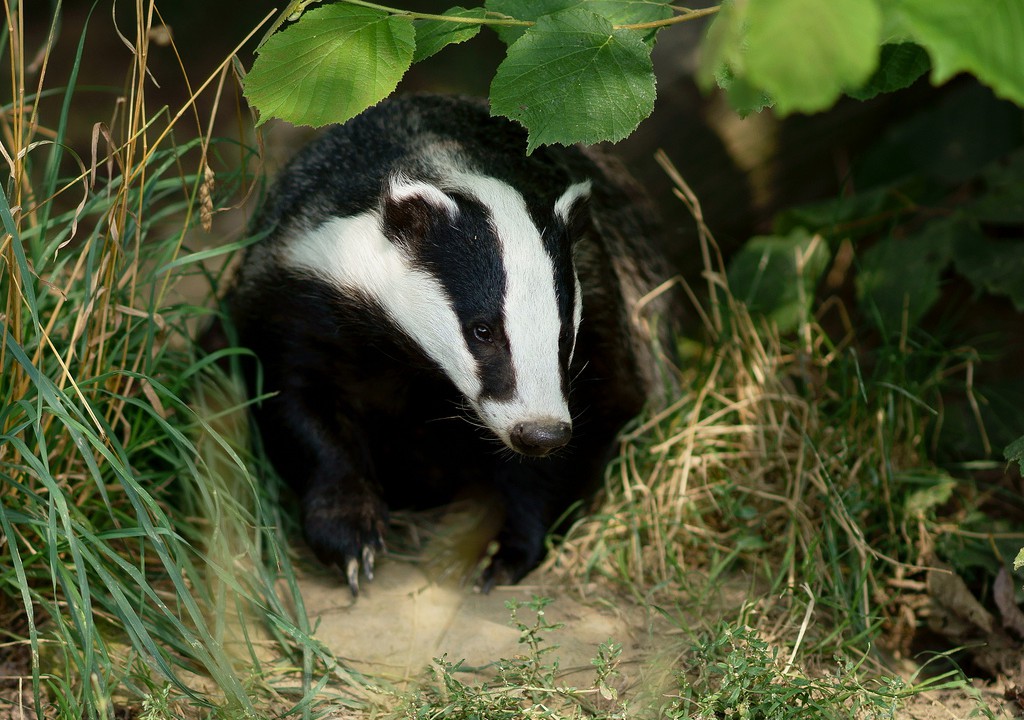The UK Government has announced plans to vaccinate cows for bovine TB, improve testing, and phase out badger culling, as part of new tighter measures to crack down on the disease.
The next stage of the official strategy to eradicate bovine TB will include:
- Field trials of cattle vaccines;
- Plans to vaccinate more badgers against the disease; and
- Improved testing to intercept TB earlier – including six-monthly surveillance testing in high-risk areas.
The commitment is part of the government’s response to an independent review of its 25-year bovine TB strategy, led by Prof. Sir. Charles Godfray.
As a result of a globally significant breakthrough by the Animal and Plant Health Agency, the Government will now accelerate the work towards deployment of the cattle vaccine within the next five years.
30,000 cattle slaughtered a year due to TB
Bovine TB is one of the most difficult and intractable animal health challenges that England faces today.
More than 30,000 cattle are slaughtered each year due to infection the disease and a cattle vaccination could become a powerful tool in the battle against the disease following the necessary testing and approvals to ensure its safety and efficacy.
Independent scientific analysis has shown that badger culling has resulted in significant reductions in the spread of the disease to cattle with disease incidence coming down significantly in the two areas analysed, with reductions by 36% and 37%.
However intensive culls, which currently cover half of England’s High-Risk Area for the disease, are only one phase of the long-term bovine TB strategy to eradicate the disease by 2038.
As wider preventative measures are introduced, the Government’s response to the Godfray review (published today) sets out an intention to begin to phase out intensive badger culling.
Improving testing
Improvement of the cattle testing regime is also a key component of the strategy.
The Government has said it is determined to have more sensitive testing, which will intercept the disease earlier and remove it from cattle herds quicker.
Environment Secretary George Eustice said: “Bovine TB is a slow-moving and insidious disease leading to the slaughter of over 30,000 cattle every year and considerable trauma for farmers as they suffer the loss of highly prized animals and valued herds.
“The badger cull has led to a significant reduction in the disease as demonstrated by recent academic research and past studies.
No one wants to continue the cull of this protected species indefinitely so, once the weight of disease in wildlife has been addressed, we will accelerate other elements of our strategy including improved diagnostics and cattle vaccination to sustain the downward trajectory of the disease.
The Government intends to start deploying badger vaccination in areas where the four-year cull cycle has ended, alongside ongoing surveillance of the disease in badgers in that area.
Surveillance testing for the disease – which is already mandatory in England’s High-Risk Area – will also be increased in frequency in two High-Risk counties (Shropshire and Staffordshire) from annual to six-monthly from later this year.
It is expected this will be extended to all parts of the High-Risk Area from 2021.
The Government response also sets out plans to step up engagement with partners across the livestock industry to develop the bovine TB strategy further.
‘A new tool’
After the infection in the badger population is dealt with by culling followed by badger vaccination, it will allow other measures such as cattle vaccination to be more effective. This is the combined approach needed to achieve the government’s goal of eradicating the disease by 2038.
However, the Government will retain the ability to introduce new cull zones where local epidemiological evidence points to an ongoing role of badgers in maintaining the disease.
UK chief veterinary officer Christine Middlemiss said: “This ground-breaking research carried out by APHA has enabled us to embark on the first step of the field trials required to license the cattle vaccine and test it.
Whilst there is no single way to combat this damaging and complex disease, cattle vaccination will be a new tool for our multi-pronged approach to tackle it and importantly prevent it, providing vital support to our farming communities.
“Bovine TB presents a global challenge and the UK can harness its world-leading science to develop solutions such as vaccination that could also be valuable to other countries.”
The latest statistics on bovine TB in England show the overall number of new herd incidents of the disease down by 9% in the last year (to November 2019) – a 10% reduction in the number of herds not officially free of the disease.
Over the same period, there has also been a 4% reduction in the total number of animals slaughtered due to the disease. Full details of these statistics are available here.

